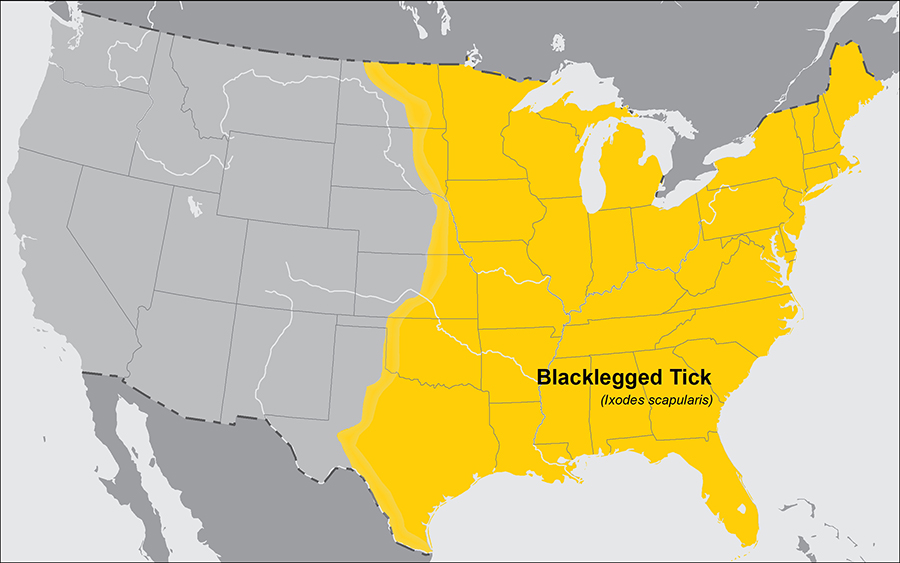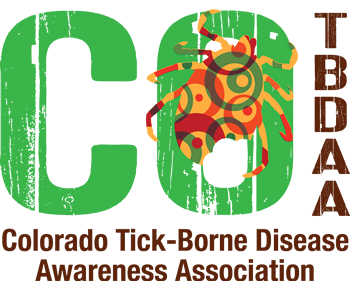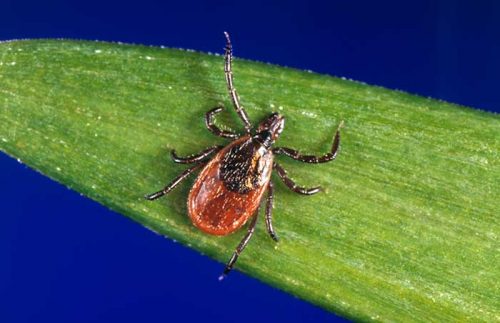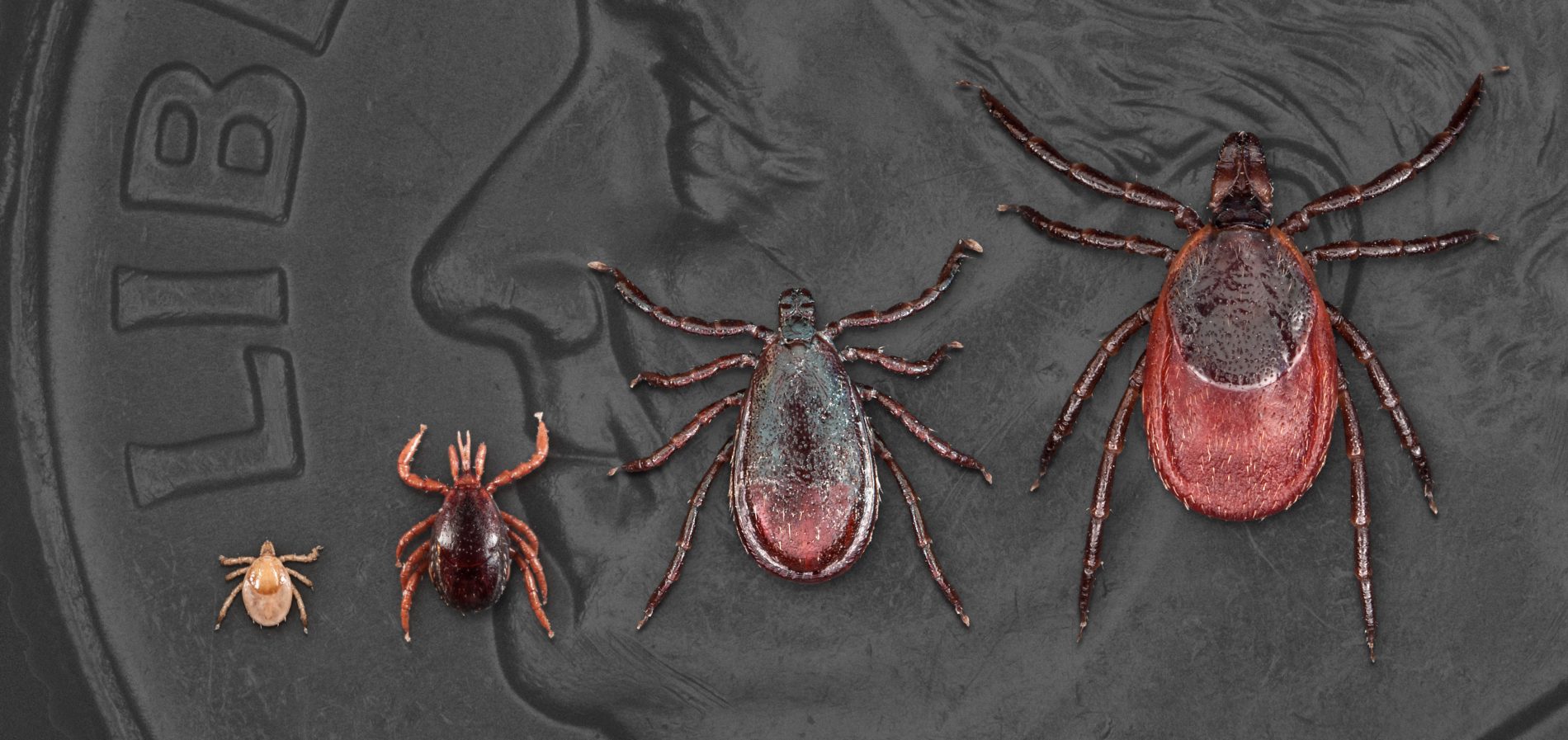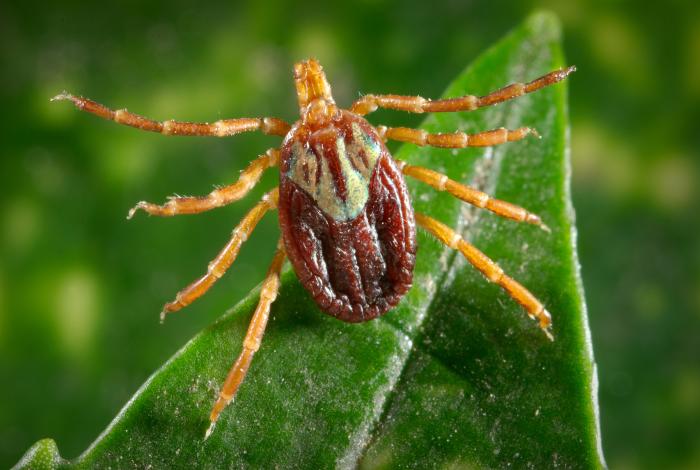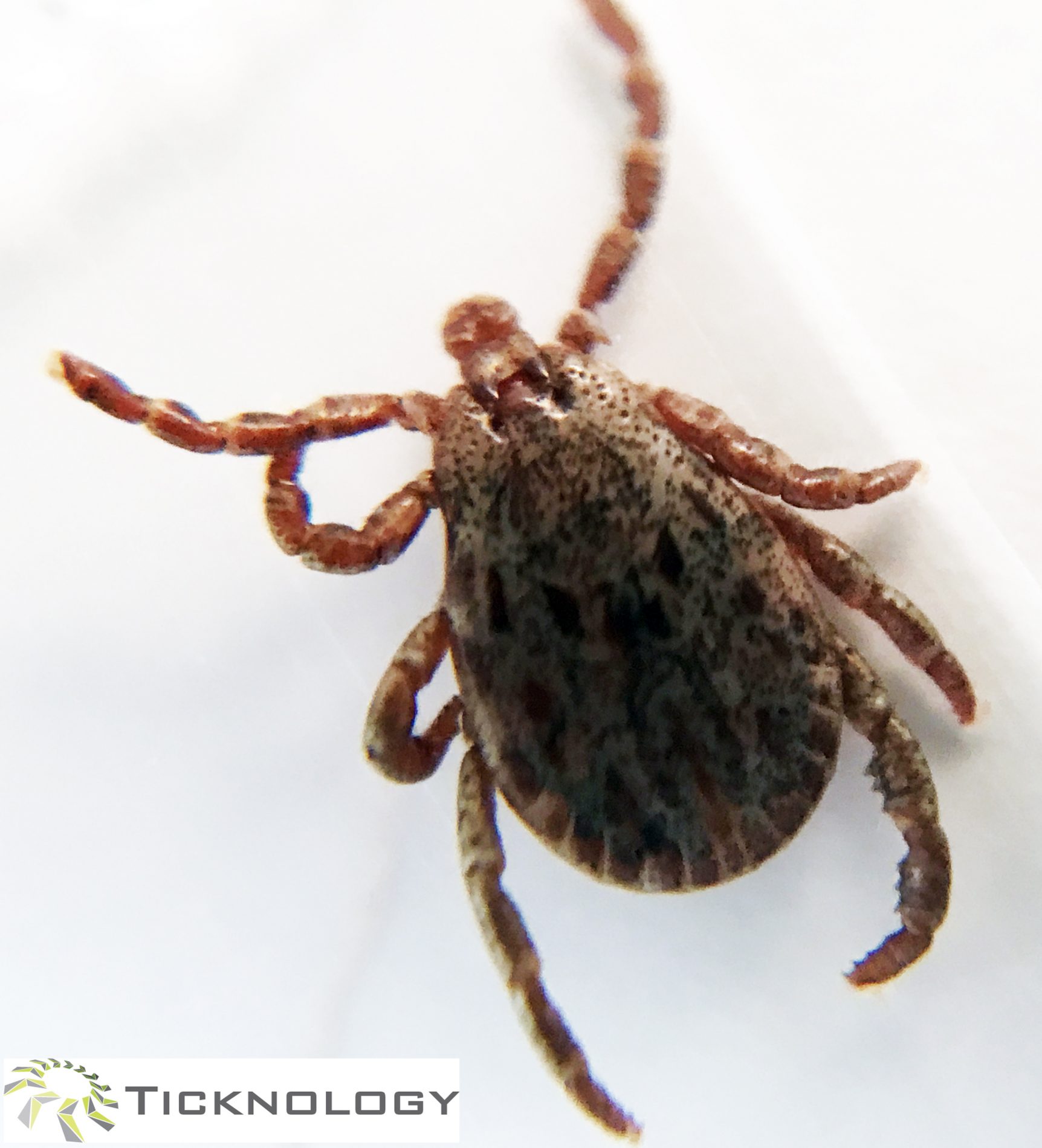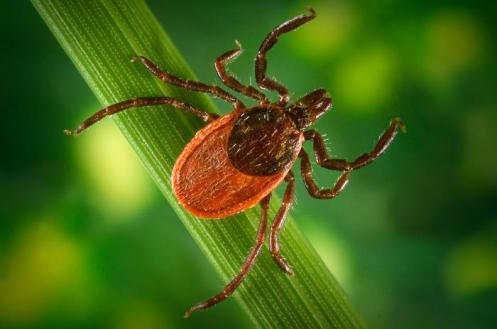
Blacklegged tick
Blacklegged tick “deer tick”
Ixodes scapularis
Distribution
The blacklegged tick (also known as the “deer tick”) is widely distributed in the US, documented in nearly 50% of US counties, with high prevalence in the northeastern and upper Midwestern United States. It is not known to be endemic within Colorado, but has been documented on dogs that have recently traveled from other states. Both its range and prevalence have been expanding throughout the US in recent years.
Hosts
Hosts for this species at the immature stage include a variety of small mammals (notably the white-footed mouse) squirrels, birds and humans. Adult ticks often take their last blood meal on larger mammal hosts, (notably white-tailed deer) where they also breed. Stages most likely to bite humans are nymphs and adult females. Travelers to parts of the country where this tick is prevalent should be vigilant. The greatest risk of being bitten exists in the spring, summer, and fall, however adults may be out searching for a host at any time of year. Many people that are bitten by this tick do not recall the bite due to their small size, as small as a poppy seed, at the nymph stage.
Vector Status
This tick is the primary vector of Lyme disease in the US. Commonly co-infected with multiple pathogens this tick also transmits Anaplasma, Babesia, Powassan Virus Disease, Tularemia, Bartonella, and Ehrlichia. The bite of this tick may also cause potentially fatal host paralysis via toxins in their saliva, and Alpha-gal Syndrome, or “meat allergy”.
Resources
H Joel Hutcheson, James W Mertins, Boris C Kondratieff, Monica M White, Ticks and Tick-Borne Diseases of Colorado, Including New State Records for Argas radiatus (Ixodida: Argasidae) and Ixodes brunneus (Ixodida: Ixodidae), Journal of Medical Entomology, tjaa232, https://doi.org/10.1093/jme/tjaa232
Blacklegged tick distribution in US: 2019
